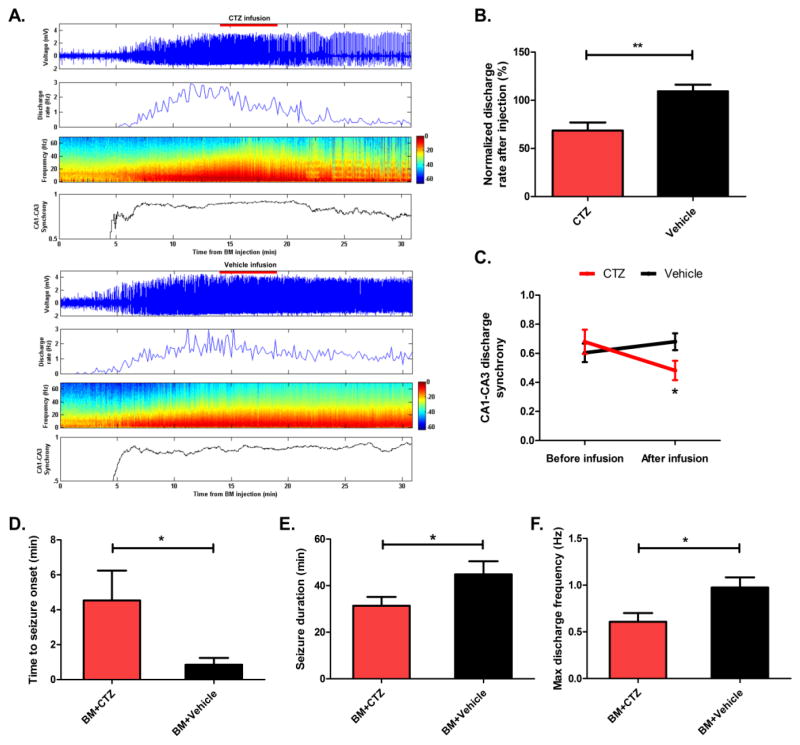Figure 1. iLMO2 can acutely suppress and delay the development of bicuculline-induced discharges.
(A) Top: Representative CTZ injection trial demonstrating acute suppression of bicuculline-induced discharge firing rate, power, and CA1–CA3 synchrony. Bottom: Representative vehicle injection trial showing no effects on bicuculline-induced discharges. (B) CTZ was able to significantly reduce the discharge rate compared to vehicle (**p < 0.01, n = 8 trials per group, Student’s t-test). (C) CTZ was able to significantly reduce the synchrony of discharges in CA1 and CA3 compared to vehicle (*p < 0.05, n = 8 trials per group, Student’s t-test). (D) The time to seizure onset was significantly increased when bicuculline (BM) was mixed with CTZ compared to vehicle (*p < 0.05, n=5 trials per group, Student’s t-test). The seizure duration (E) and maximum discharge frequency (F) was significantly reduced when bicuculline was mixed with CTZ compared to vehicle (*p < 0.05, n=5 trials per group, Student’s t-test). Error bars indicate SEM.

